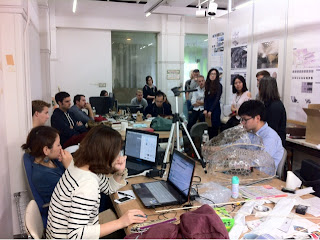Our 2013-2014 application is now available. If you are interested in applying for G30, please visit the following site for information about our course.
G30 Architecture and Urbanism
Eligibility for Application
Applicant must be:
- A foreign national who is not a permanent resident of Japan.
- A foreign national who is not currently residing in Japan
- A person who has completed or is scheduled to complete an undergraduate degree in a foreign county before enrolling at The University of Tokyo, which is equivalent to the 16-year course of the Japanese school curriculum
- A person with sufficient linguistic skills to receive classes and research guidance in English
*Previous study of architecture is strongly recommended but not required
Selection Procedure
Application process will take place in two stages:
1st Stage:
Portfolio review and assessment of application documents.
Application result will be notified by e-mail
2nd Stage:
An online interview via Skype. Applicants will be asked to present their portfolio and to answer questions concerning their ambitions at the University of Tokyo.
—–
Please visit Global 30 website for further detailed information about the application.
**Check List of the application documents for G30-UDA
***For more information on Financial Aid at University of Tokyo, please visit our blog on November 21, 2011
















